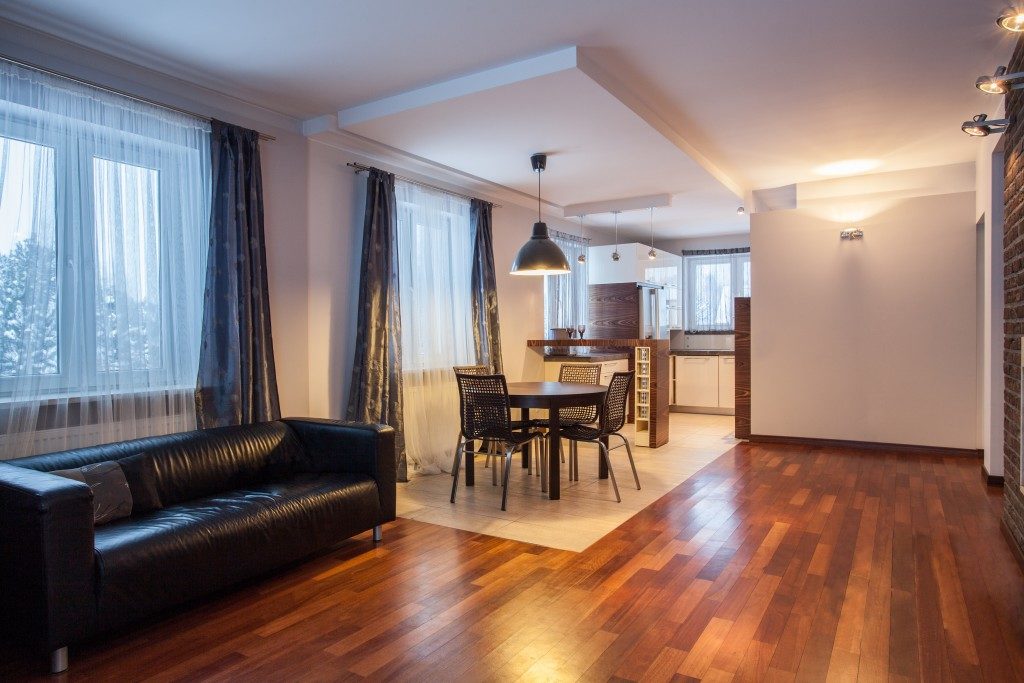As we move towards the path of sustainable living, so does our ways in building and upgrading our homes. If you’re looking for great alternative building materials that look like its traditional counterparts but are made with sustainable materials, we’ve got a quick list for you right here.
Wooden Floors

Changing the flooring of your home can dramatically change the look and feel of the space. Switching tired and lackluster basic tile flooring to laminate flooring here in your Irvine, CA home can bring in a cozy yet sophisticated vibe to any area.
This is a popular makeover for many abodes that were built during the time when floor tiling was the more preferred flooring material for home builders. Today, these homes are being updated with other eco-friendly home features, including using laminate floors in lieu of traditional wooden floors.
These are made with sustainable materials and do not require special glue for its installation. Cleaning it is also a much safer process, as it doesn’t need any special cleaners to keep it looking new. Wooden floor laminates possess the same look and feel of traditional wooden floor planks.
But they are made with less raw materials and is a recyclable material itself.
Wall Paint
Before you slap a fresh coat of paint on your walls, consider purchasing a paint brand that uses non-VOC. The acronym part stands for Volatile Organic Compounds. These are released into the air after paint application and for as long as it’s on your walls.
Non-VOC paints are water-based and emit very low odor during application. There is no lingering smell after the curing period. So newly painted rooms can be occupied sooner, without the problem of dealing with strong paint smells. These can trigger allergic reactions due to odor and chemical sensitivities.
These paints have excellent coverage performance and have a nice finish quality. Cleaning methods are also safer as all it takes to do it is regular soap and warm water.
Lighting Equipment
When we shop for appliances, we often look at the star ratings. Switching to energy-efficient appliances is the first step we took to reduce our carbon footprint and energy consumption. From here, we also looked into switching to eco-friendly and energy-saving light bulbs and lamps.
Many homes use LED lighting that is brighter and more energy-efficient. An LED bulb with 30-watt lighting is as bright as a traditional 70-watt bulb; that’s more than half the wattage level and more than half of the energy consumption too.

As we use lights around the house pretty much all throughout the day, especially in homes with low natural light coming in, switching to LED lighting is the best way to reduce power consumption and cut down a significant amount to your electricity bill.
These lights also last longer, so you can expect to be buying fewer bulbs in between and sending less waste to the landfill as well.
These environmentally friendly ways to upgrade your home yield amazing results without breaking the bank and have a very low impact on the environment. That said, we hope you consider these eco-friendly materials on your list for your upcoming home renovation project.


